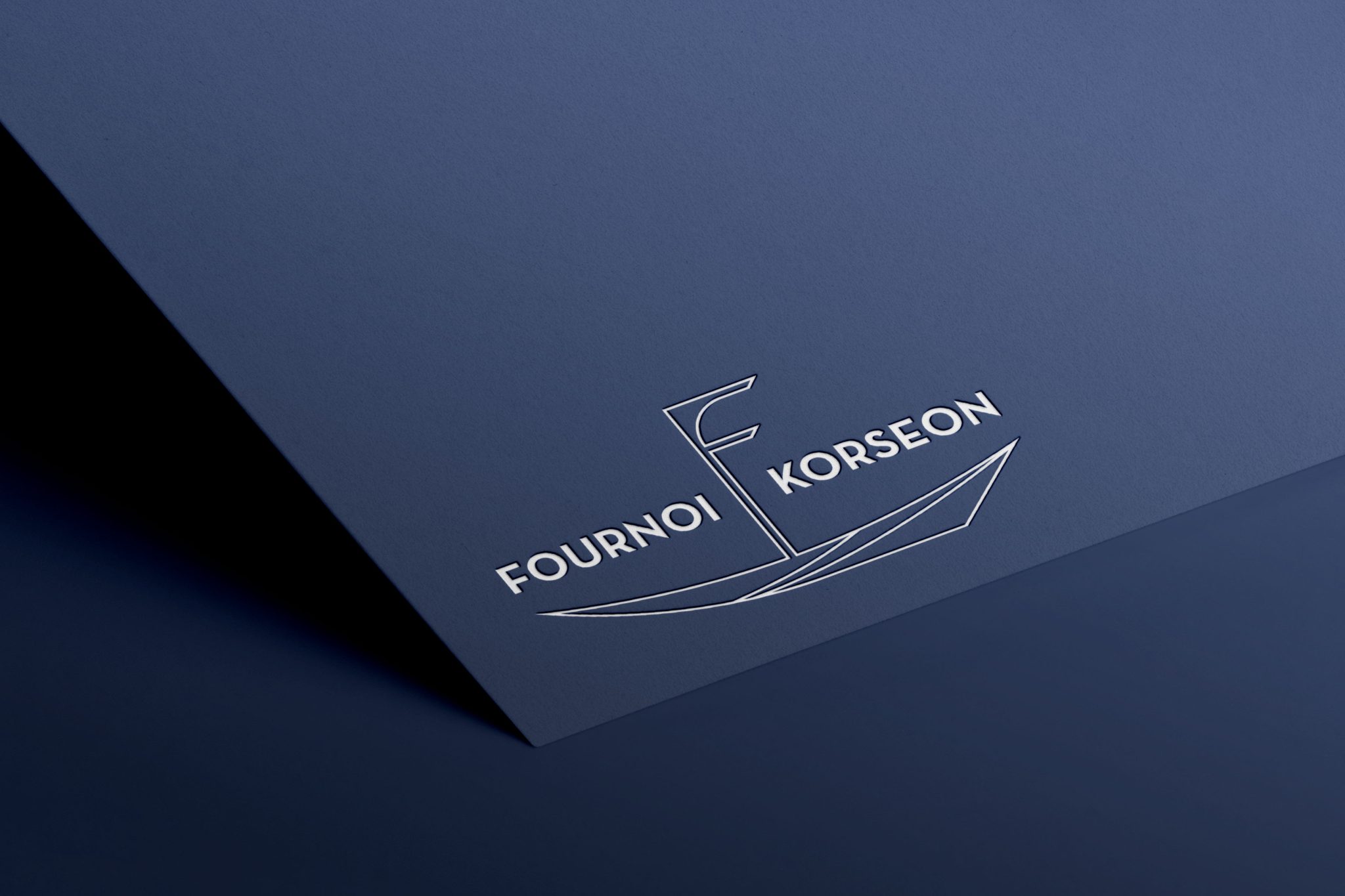Eight sunken ships have been found around Fourni, a cluster of Greek islands that’s a hotspot for wrecks, a team of underwater archaeologists announced.
The new discoveries mean a total of 53 shipwrecks have now been identified at Fourni in an area of 17 square miles (44 square kilometers).
In ancient times, the archipelago was a popular stop along trade routes in the Aegean Sea. Under normal conditions, the islands’ harbors were safe. But researchers think that with so many vessels passing through the area over thousands of years, several were bound to be lost in storms.
Underwater archaeologists started exploring Fourni only in 2015, when a team from the Greek Ephorate of Underwater Antiquities and the RPM Nautical Foundation (a nonprofit archaeological research and education organization) located 22 shipwrecks. The divers went back to the site in 2016 and found an additional 23 wrecks.
The dates of the wrecks range from the sixth century B.C., during the Greek Archaic period, to the early 20th century. Not much is left of the wooden ships themselves at the sites of the oldest wrecks. But the lost cargo is still scattered all over the seafloor. Photos from the latest expedition show large collections of underwater amphoras — ceramic vases used to transport goods like wine, olive oil and salted fish.
Finds from the most recent survey include a ship with cargo of amphoras from the nearby island of Chios that likely sank during the Classical period of Greece (the fifth and fourth centuries B.C.), as well as a Roman shipwreck from Spain, according to a statement from RPM. Divers also found a variety of anchors — some from 2,500 years ago, others from the Middle Ages.
During the latest expedition to Fourni, which lasted from June 9 to June 29, the researchers mapped and documented the wrecks they had already found in previous years. They also took a sample of vases and other artifacts from different wrecks for scientific research and conservation. The team has a fourth expedition planned for 2018.




By Megan Gannon
July 14, 2017
Η αρχική δημοσίευση: livescience.com





